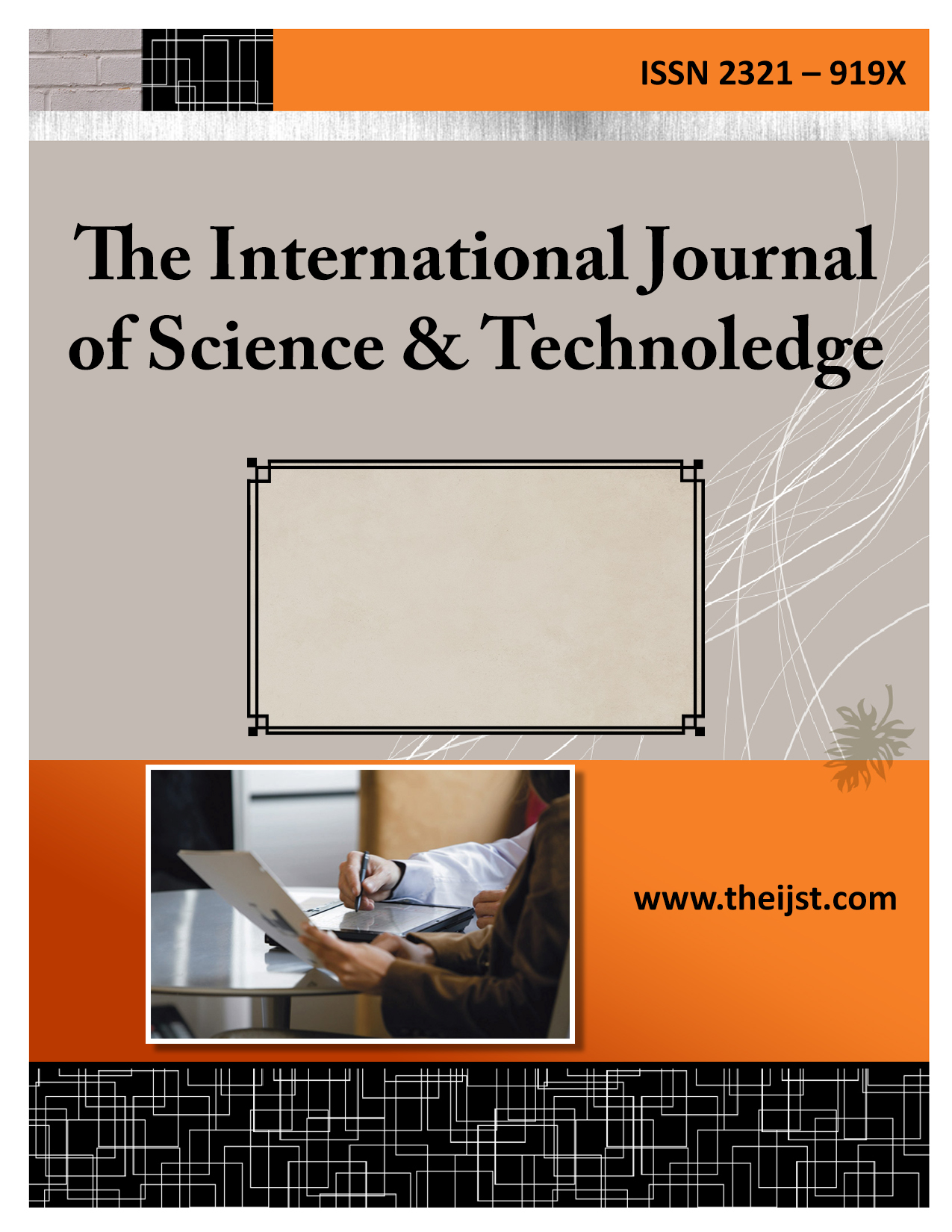Submitting a manuscript to an academic journal is a crucial step in the scholarly publishing process. It represents the culmination of months or even years of research and hard work. However, the path to successful journal publication is riddled with potential pitfalls that can hinder the acceptance of your manuscript. In this blog, we’ll explore the top five pitfalls to avoid when submitting your work to academic journals.
1. Ignoring Journal Guidelines: One of the most common mistakes writers make is neglecting to thoroughly read and adhere to the submission guidelines provided by the target journal. Journal guidelines contain essential information about formatting, citation styles, word limits, and specific requirements unique to each publication. Ignoring these guidelines can result in automatic rejection, wasting both the author’s and the editor’s time. Before submitting, take the time to carefully review the journal’s instructions to ensure your manuscript aligns with their expectations.
2. Inadequate Literature Review: A well-researched and comprehensive literature review is the backbone of any scholarly article. Failing to conduct an exhaustive review of existing literature can undermine the significance of your research and leave gaps in your argumentation. To avoid this pitfall, invest time in exploring relevant studies, theories, and methodologies in your field. Demonstrate a clear understanding of the existing knowledge and highlight how your research contributes to the current body of work.
3. Poorly Constructed Research Questions or Hypotheses: Crafting clear and concise research questions or hypotheses is essential for a successful academic paper. Vague or overly complex formulations can confuse reviewers and hinder their ability to assess the validity and significance of your research. Take the time to refine your research questions, ensuring they are specific, measurable, and aligned with the overall objectives of your study. Clearly articulate the hypotheses that guide your investigation, providing a solid foundation for your research.
4. Neglecting the Peer Review Process: The peer review process is a critical aspect of academic publishing, providing valuable feedback and ensuring the quality of published research. Neglecting this step or dismissing reviewer comments can be detrimental to your manuscript’s chances of acceptance. Embrace constructive criticism, address reviewers’ comments with care, and be open to revising your work. Engaging with the peer review process demonstrates your commitment to improving the quality of your research and enhances your chances of publication.
5. Overlooking Proofreading and Editing: Even the most groundbreaking research can be overshadowed by grammatical errors, typos, and inconsistencies. Authors often underestimate the importance of thorough proofreading and editing. Before submitting your manuscript, carefully review it for language clarity, grammar, punctuation, and formatting errors. Consider seeking the assistance of colleagues or professional editors to ensure the highest possible quality of your writing. A polished manuscript not only enhances readability but also reflects positively on the author’s professionalism.
Navigating the academic journal submission process requires diligence, attention to detail, and a commitment to excellence. By avoiding these common pitfalls, you can increase the likelihood of your manuscript being accepted for publication. Remember to check international journals, carefully follow journal guidelines, conduct a thorough literature review, articulate clear research questions or hypotheses, actively engage in the peer review process, and prioritise proofreading and editing. Taking these steps will not only improve the quality of your submissions but also contribute to the overall advancement of knowledge in your field.










